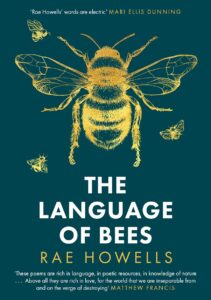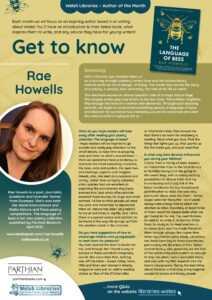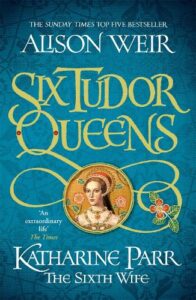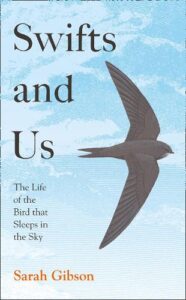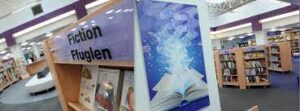Rae Howells
March 1, 2022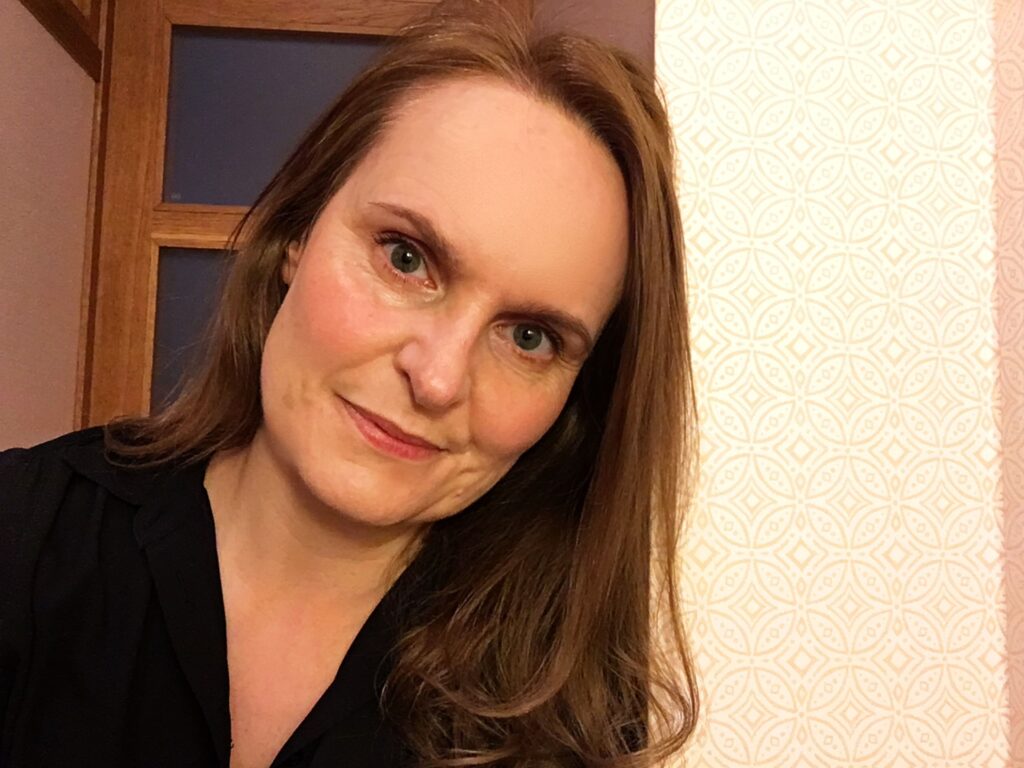
Rae Howells is a poet, journalist, academic and lavender farmer from Swansea. She’s won both the Welsh International and Rialto Nature and Place poetry competitions. Her work has featured in a wide range of journals including Magma, The Rialto, Poetry Wales, New Welsh Review, Acumen, Envoi, Poetry Ireland, Black Bough, Marble and The Cardiff Review, as well as in the Poetry Business anthology, The Result is What You See Today and Arachne Press’s anthology, A470. Howells’ pamphlet Bloom and Bones, co- authored with Jean James, was published by The Hedgehog Poetry Press in 2021. The language of bees is her first full collection.
How can we have hope in a world that is dying? With a forensic eye, Howells takes us on a journey through ordinary human lives and the extraordinary natural world we are in danger of losing. The carder bee carries the story of a colony, a species, and, ultimately, the fate of all life on earth. The mermaid weaves an almost beautiful tale of a tragic miscarriage. The magpie writes yearning letters to her lost lover. The brilliant kingfisher flits through the mind of a woman with dementia. Through each exacting portrait, we begin to understand something special, a language of bees, and discover for ourselves how intimately we are all connected and what the natural world is trying to tell us.
We recently caught up with Rae to find more out The language of bees …
Tell us a little about your poetry collection The language of bees …
You won’t be surprised to learn that a collection called The language of bees is all about the humble – but extremely important – bee! There are poems about bumble bees, honey bees and other native British bees, as well as many other pollinators (including moths, grasshoppers, butterflies, birds, ants, beetles and even wasps) but in particular there is a sequence of poems threaded through the book that tells the story of a single, dying, common carder bee.
While I was writing the book I read a quote from the Welsh poet and climate activist Jay Griffiths, who said that no creature – not a single sparrow or bee – can now be “beneath our notice” as we try to save the natural world from the enormous challenges of climate change. Around the same time, I found a dying bumble bee in my garden and tried to save it. The bee, a female, died. I genuinely grieved for her – there was a strange connection there.
And so I think this unique bee’s story, a hard-working nurse bee at the end of summer, at the conclusion of her natural life, is a way for us to understand what’s happening on a large, worldwide scale, through one small personal story, which I hope demonstrates how we are all connected to each other. Bee to bee, bee to human, human to human.
Because of this, you could certainly say that my collection is about climate change and the role of bees in our survival. But I have also used bees as a way to write about motherhood, grief, loss, miscarriage, love and lots of other human dramas and emotions that I was experiencing as I wrote the poems in the collection.
What do you hope readers will take away after reading the book?
I hope readers will be inspired to go outside and really pay attention to the small details, to take time to properly look and listen to what’s around them. I think we sometimes have a tendency to overlook the small unexciting creatures, the bees, ants and spiders, the sparrows and starlings, pigeons and magpies. Weeds, also, are seen as a nuisance and untidy, rather than as highly adapted plant species that are excellent at exploiting the environment they have evolved into, and which often provide essential food sources for bugs and small animals.
I’d like to think people will read my work and remember to appreciate them all. Nature has been very helpful to me at sad times in my life, particularly when I suffered miscarriages, and I think there is a special solace and comfort to be found in the way life springs up from the smallest crack in the concrete.
What inspires you to write poetry?
There are a few things that inspire me. First, other writers. I love nature poetry – Alice Oswald is my favourite, but Pascale Petit, Liz Berry, Seamus Heaney and many more writers inspire me. I also read all kinds of novels, from crime to history, science fiction to the classics. And I have been reading more non-fiction work recently too, particularly books about animals and rewilding. Finding a surprising phrase, a beautiful image or a new idea in someone’s writing is a great jumping off point for a poem.
I’m also often inspired by a real emotion or moment that moves me in some way, whether that’s a blackbird singing his heart out at the top of a telegraph pole, something funny one of my daughters says, or, as happened last year, grief at losing a close friend. Trying to put a shape, a form, around those indescribable or fleeting feelings, to evoke them in others, is why I write poetry.
What, in your opinion, are the most important elements of good writing?
For me, a piece of writing that transports you to another world is a good piece of writing. In prose, I love reading believable characters, genuine emotion, and words that do their jobs so well you hardly notice them. In poetry, again emotion is key – I want to really feel the world the poet has created. But this time I want to notice every word and savour it.
If you had to describe yourself in just three words, what would those be?
Common carder bee.
What books inspired you as a young reader?
As a child I was absolutely hooked on Enid Blyton and Roald Dahl – I definitely read every copy I could get my hands on, and have also loved re-reading them in later life to my daughters. I remember being about nine years old and having some money from my grandmother to spend on holiday in Devon, finding a tiny little bookshop and buying Laura Ingalls Wilder’s Little House in the Big Woods. I was spellbound by her stories of making maple syrup and playing in deep snow and seeing real bears in the wild woods in 1870’s Wisconsin. William Horwood’s Duncton Wood and Colin Dann’s Animals of Farthing Wood can probably take credit for my early fascination with British wildlife and the countryside.
As a young teenager I was a voracious reader and my mum struggled to find books with adult language but ‘safe’ themes. I have her to thank for introducing me to PG Wodehouse, Daphne Du Maurier, Thomas Hardy, Charlotte Bronte, Jane Austen, Ann McCaffrey, JRR Tolkien (and later Jilly Cooper and Agatha Christie!) among many others.
What book is currently on your bedside table?
Swifts and Us, by Sarah Gibson, and I’ve just finished Alison Weir’s The Sixth Wife, about the life of Katharine Parr, the wife who survived Henry VIII.
If you could invite any three people for dinner, whom would you invite?
Aside from my husband and daughters of course, I would love to get three of Henry VIII’s wives round a dinner table to find out what really went on – perhaps Katherine of Aragon, Anne Boleyn and Jane Seymour would be an interesting mix, although perhaps not on the same evening!
In what way have libraries influenced you during your lifetime?
I come from a family of keen readers, so I remember trips to the local library in Mumbles being a bit like going to the sweet shop, with so many exciting possibilities to choose from and my mum hauling out a bag full of the latest hardbacks for my housebound grandmother to read. She was very particular about what she liked – family sagas were her favourite – so it would always take a long time to select her allotted six titles. Inevitably at least three of them would be tossed aside when we got home!
As for me, I’ve used libraries to read in, to write in, to borrow DVDs from back in the days before Netflix, to study in, to meet mentors in, to research in, and I’ve made friends in them through groups like rhyme time when my children came along.
Librarians, too, have been key to those experiences, particularly the librarians in Port Talbot central library, who genuinely are the hub of the community and couldn’t do enough to help me when I was a journalist there, and also with my PhD research into the town’s newspapers. Really the best thing about libraries is that they bring together wonderful books and lovely people.
Do you have suggestions of how to encourage children and young people to read more for pleasure?
My mum opened the door to books for me, and through her I found a way to escape to these wonderful imaginary worlds. But more than that, nothing was off the table – Sweet Valley Twins, Mills and Boon and Women’s Weekly magazine were just as valid a reading choice as Tess of the D’Urbervilles or Charlotte’s Web. She showed me that there’s no room for snobbery in reading. Read what you love. Find the thing that lights you up, that sparks up the fire inside you, and just read that.
‘Rae Howells’ words are electric with the sparks of motherhood, love and loss. In The language of bees, we are reminded of the significance of every earthly cell, from a pulsing spark on an ultrasound scan to a bee hibernating above a winter Pilates class.’ – Mari Ellis Dunning
‘The language of bees is a collection bursting with the beauty and life of the natural world. In these ambitious and accomplished poems, Rae Howells forges a unique and sparkling language, which is capable of giving us all the wonder and richness, the multi-sensual onslaught, of the world around us. Whether the subject is an interaction with a wasp or a mermaid, the thoughts of trees or the feelings of a mother, the poems continually boom with so much life. The reader is left with the poems’ unforgettable phrases, their emotive impact and, more than anything else, the excitement that happens when a voice so fully itself meets subject matter of the greatest importance. On page after page, the power of these poems has us looking up, wanting to shout Hey world! Look at this! ‘ – Jonathan Edwards
The language of bees will be published 2 April 2022 by Parthian Books.
Read our Get to Know the Author flyer for further information about Rae Howells and The Language of Bees. See also our Authors of the Month writing in Welsh.
www.iambapoet.com/rae-howells /
raehowells.co.uk

